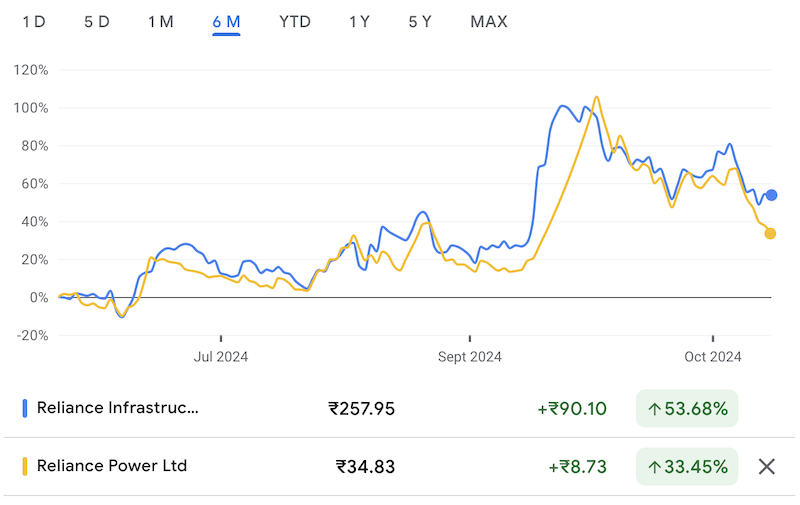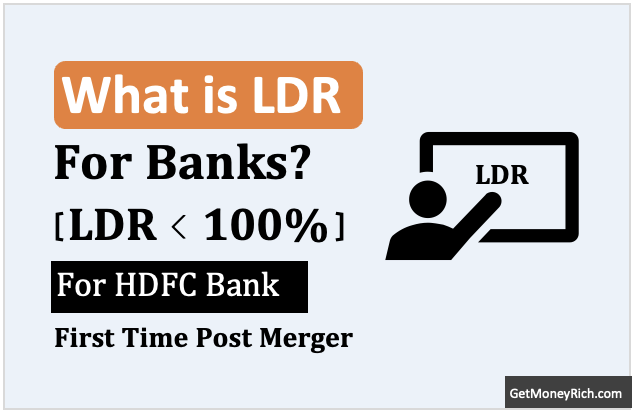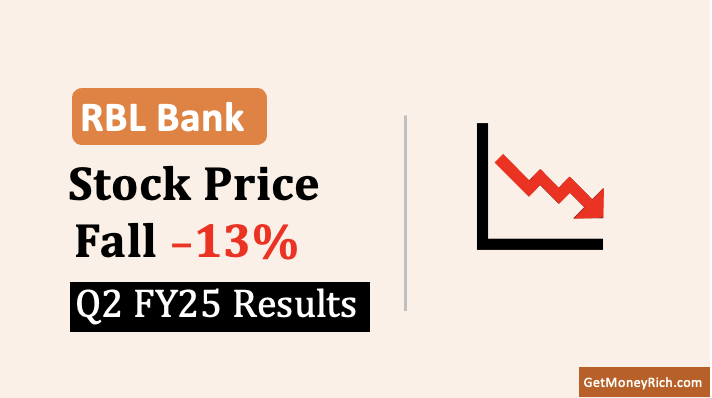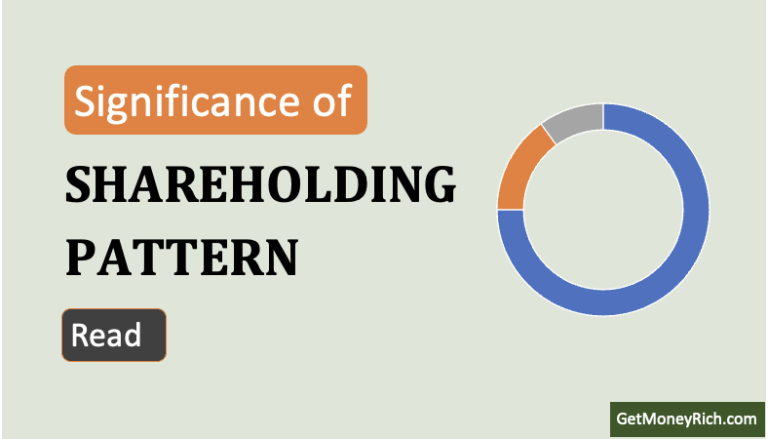Over the years, the companies within Anil Ambani’s Reliance Group have faced several problems. The group companies has issues related to debt repayment and its efforts to restructure them. Yet they continue to generate buzz in the stock market. For we as long-term investors (looking for stable growth), it is essential to understand not just the potential, but also the risks and realities associated with these companies. Let’s take a deeper look at the current status and future outlook for some key companies within the Reliance Group – Reliance Infrastructure, Reliance Power, and others.
Recently, I read news about the newly launched Vision 2030 growth strategy under the Reliance Group Corporate Centre (RGCC). I’m writing this article from this lens. But before I speak about the Vision 2030, let’s get some facts in place first.
A Roller Coaster of Debt and Restructuring
Anil Ambani’s companies have been grappling with financial stress for over a decade.
From the debt-ridden days of Reliance Communications (RCom) to the latest announcements from Reliance Infrastructure and Reliance Power, the group has struggled with liquidity issues and defaults.
While some of these companies have made efforts toward recovery, such as reducing their debt loads, the road to financial stability remains uncertain.
- For instance, Reliance Infrastructure has reported a significant narrowing of losses. For Mar’24, the company managed to reduce its consolidated net loss to Rs.-1,608 crore from Rs.-3,221 crore loss in the FY23.
- On the other hand, Reliance Power, which had been one of the worst-hit companies in the group. In FY23 it reported a PAT of Rs.-470.77 crores. In FY24, its PAT (loss) expanded to Rs-2,068.38. In last twelve months (TTM), its PAT has been Rs.1,245 crores.
Nevertheless, the stock prices of both companies have surged by 53% (Infra) and 33% (Power) in the last 1Y. Between May’24 and Oct’24, their stock prices were up almost 100%. But since them the has been significant price correction in both these stocks. Even then, their performances have far outpaced the benchmark Sensex and Nifty.

However, this rise seems speculative. It is driven by short-term optimism rather than long-term fundamental strengths. Hence, analysts remain cautious with these companies.
The companies’ fundamentals are still in question?
Yes. Let’s talk about the status of debts in their balance sheet.
- Reliance Power: As of Mar’2024, the company has about 18,750 crore worth of total debt on its balance sheets. It has a debt-to-equity ratio of a moderate 1.62. But the question is, does the company’s equity is generating enough returns to take loan of even 1.62 D/E ratio? The answer is a big NO, because the ROE of the company has been negative since last 5 years. What is the positive? Though very low, but ROCE (EBIT/Capital Employed) is positive.
- Reliance Infra: As of Mar’2024, this infra company has about 9,650 crore worth of total debt on its balance sheets. It has a debt-to-equity ratio of a moderate 1.11. In the last 4 years, the ROE of company has been in negative and the condition is only deteriorating. So for me, the company is not equipped to carry even the debt load of 1.11 D/E ratio. Though ROCE has been hovering above the 4% in the last five years.
The recent price rallies are driven by market speculation rather than robust growth in operational performance.
As a result, while short-term traders may find opportunities in this volatility, long-term investors should approach these stocks with extreme caution.
Better Alternative For Future Analysis: ITD Cementation.
Debt Reduction and Strategic Shifts
One of the significant developments in the group has been the efforts by Reliance Infrastructure and Reliance Power to reduce their debts.
- Reliance Infrastructure has been working on streamlining its portfolio, including selling assets like its stake in the Mumbai Metro project, which raised Rs.2,500–2,600 crore. Additionally, the company has offloaded a commercial property in Mumbai for Rs.1,200 crore to repay outstanding loans to Yes Bank .
These strategic moves boost the share prices in the short term.
However, asset sales alone are not a sustainable strategy for growth. The group will need to focus on improving operational efficiency and leveraging its existing assets for future expansion.
For instance, Reliance Infra’s involvement in sectors like defence and metro rail projects, and Reliance Power’s entry into renewable energy projects, could provide long-term growth avenues.
But the group will need to demonstrate consistent profitability and debt servicing to attract long-term investors.
Vision 2030: Will It Be a Game Changer?
The newly launched Vision 2030 growth strategy, under the Reliance Group Corporate Centre (RGCC), represents a more forward-thinking approach.
The RGCC is designed to provide strategic guidance to the group’s companies as they navigate their growth trajectory.
Led by seasoned leaders, such as Sateesh Seth, Punit Garg, and K Raja Gopal, the RGCC aims to blend experience with fresh talent to pursue new growth opportunities, including ventures in renewable energy and defence .
However, the real test of Vision lie in its execution.
While these initiatives sound promising, they require substantial investments, market confidence, and, most importantly, sustainable cash flows to support the ambitious goals.
Companies like Reliance Infrastructure, with its significant focus on defence and infrastructure, will need to prove that these new ventures can drive profitability.
The Risk of Speculation
As stock market investors, it’s easy for us to get swayed by short-term gains.
When stocks like Reliance Power and Reliance Infrastructure see impressive rallies, we retail investors can get confused about these stocks.
We must see the companies’ past defaults, delays in debt repayments, and inconsistent performance. We cannot afford to ignore those past mishaps.
While their prices may rise in the short term due to speculative trading or market trends, they still carry significant risks in terms of debt, cash flow, and operational execution.
Our focus should be to build a diversified portfolio. Our emphasis should be on companies with solid fundamentals and proven track records. I’ll ignore companies from the Reliance Group basket.
Conclusion: Proceed with Caution
The companies’ historical financial instability, the ongoing debt issues, and the speculative nature of recent stock price increases should serve as a red flag for us.
Reliance Group’s Vision 2030 is a promising plan.
But the execution remains uncertain. If you are looking for stable, long-term investment opportunities, it may be wiser to keep these stocks under close observation. But, I think, we cannot still afford to add them to our stock portfolio.
Always consider the risks involved, and remember that investing in companies with inconsistent earnings or mounting debt can be a dangerous long-term strategy.
I know there are a few investors who must be willing to take on these higher risks in pursuit of higher returns. But to these investors, I will only say that such stocks may offer short-term trading opportunities. In long term, they are too risky to add to our portfolios.
Consider this, do we have better stocks in our stock market than Reliance Group stocks? Yes. So why not bet on other fundamentally strong stocks instead of playing a gamble here?
If you found this article useful, please share it with fellow investors or leave your thoughts in the comments below!
Have a happy investing.






